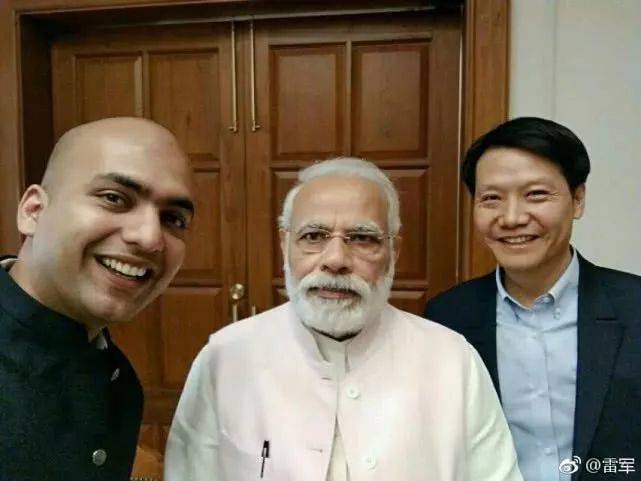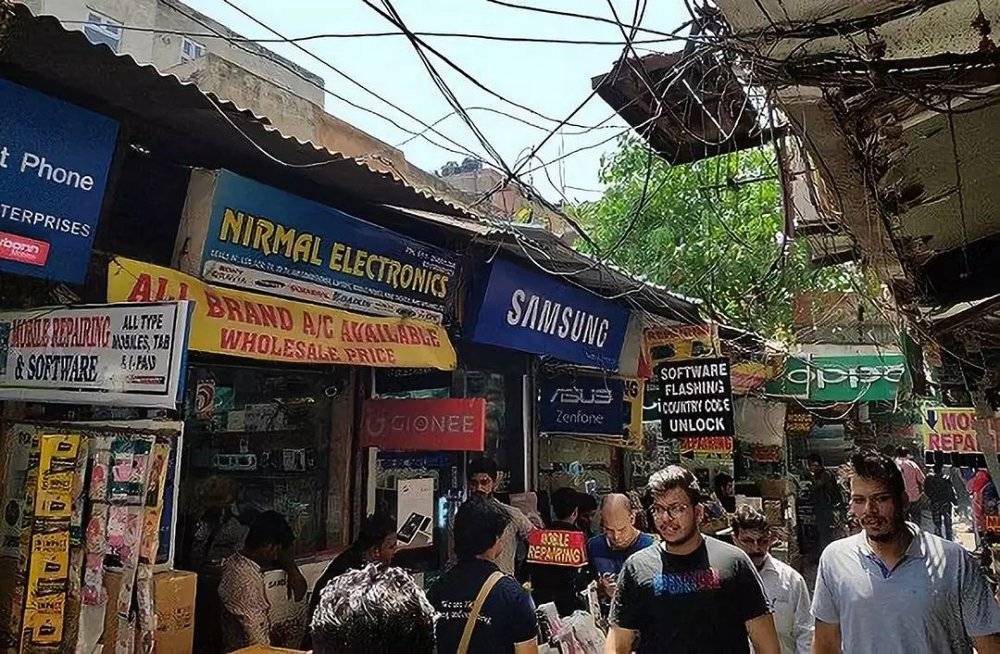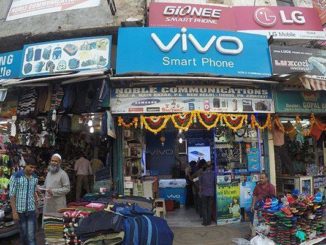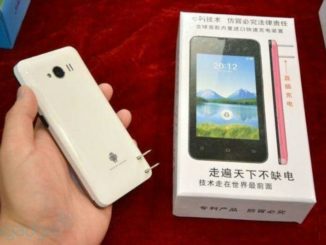In May 2007, before the arrival of Mumbai’ flood frequented raining season, a Chinese mobile software engineer crossed the chaotic, busy streets to work at a local telecom operator in Tata, “The facility is actually well decorated with accommodating AC, completely different from outside”, said Liao Xu.
2007, a year India has witnessed continuous political riots in history. The extensively rooted, nourished guerrilla armies were creating conflicts across India. In January in west Bangalore, 14 villagers were killed during the guerilla’s crossfire with the police. Two months later, the guerrilla attacked police station in central Chhattisgarh and 48 police officers died.
Compared with its northern neighbor China, the potential of India has not yet been recognized. 2007 was a transformational year the whole nation spared no effort to surprise the world with the upcoming Olympic Games held in Beijing. Meanwhile, what appealed to Indians at that time was cricket event as finally they defeated their long established enemy Pakistan in ICCT20, one of the third largest international cricket events held in late December the same year.
At the same time, Modi from BJP, son of a tea vendor, was elected again in Gujarat, a message ignored by the outside world that turned out to be decisive in Indian politics in the next decade.
A few months before Bai Peng’s arrival in Mumbai, Steve Jobs in black pullover and jeans, was introducing to the world the first iPhone in Moscone Center, San Francisco. Fans of Apple scattered widely around China, but barely did people know the geographic location of Mumbai in India at that time. Leading through all the hardships to finally be listed, Apple fan Lei Jun finally resided from KingSun. Liu Zuorong of Gionee is an exception. The bodacious entrepreneur made CNY ¥5 billion that year and started to sponsor China Chess League Competition. In November of the same year, Yan Zhaojiang from Transsion took a different path and unveiled the first dual sim cards dual stand by Techno phone in Africa.
In 10 Years
Ten years later on 27th March, 2017, Lei Jun shared a photo taken with Modi on Chinese Weibo. At that time, it’s three years since Modi took office, and Lei Jun has become the legendary founder behind Xiaomi’s huge success.

The honor was not limited to Xiaomi, rather, it’s the heyday of Chinese smart phone brands in India. In 2018, Chinese phone brands took up 60% of market shares in India, with Xiaomi, VIVO and OPPO ranked at the top 3.
The founder of OnePlus, Liu Zuohu, was focusing on his blu-ray disc 10 years ago. Now OnePlus takes up 40% of market shares in Indian’s high end smart phone markets, breaking the monopoly of iPhone and Samsung.
Following the wave of Chinese brands going overseas, Bai Peng also returned to India and founded a short video platform Injoy in Bangalore, In a shared space in Koramangala, Bai Peng told the journalist, “The development of Indian mobile phone markets in the last decade is actually the development of Chinese smart phone exports into India”.
The Era of Shanzhai
In 2007, Chinese mobile phone brands were facing severe crisis. Hailed as “Fighter in Mobile Phones”, the household Chinese cell phone brand BRD has cost CNY ¥5.94 billion within the year, and has been listed as ST two years later. Foreign mobile brands like Nokia, Motorlora, Ericson and SamSung started to gain control, and Chinese mobile phone brands have been confined to the boundaries of “Shanzhai”.
Shanzhai, Chinese interpretation for counterfeiting, used to be a prevalent practice in China mobile phones industry. It’s reported that in 2008 there’re over 5,000 Shanzhai phone manufacturers in China, and everyday there’re new phones released in Huaqiangbei. Not only did Shanzhai phones fight for local markets, following the waves of going overseas, Shanzhai phones found new territories in India, Bangladesh, Vietnam or Africa.

The same with China, India mobile phone market at that time was dominated by big international brands like Motorlora and Nokia. The only difference was all the Shanzhai phones were imported from China due to the insufficiency in supply chain.
In 2007, when Rahul was only 26, his company Micromax was producing equipment for public wireless telephones. Even earlier, it was just an inconspicuous software company in the outskirt of New Delhi. However, Indian mobile markets have undergone staggering changes. In 2008, Micromax released its first phone, while a year later, the number of Indian phone brands have increased drastically from 5 to 28, market shares from 0.9% to 17.5%. In the following five years, key players like Micromax, Karbonn and Lava have continued to progress and took over one third of the market shares, while Micromax has outperformed the market dominator SamSung, and Nokia has also lost its battle ground.



Leave a Reply
You must be logged in to post a comment.